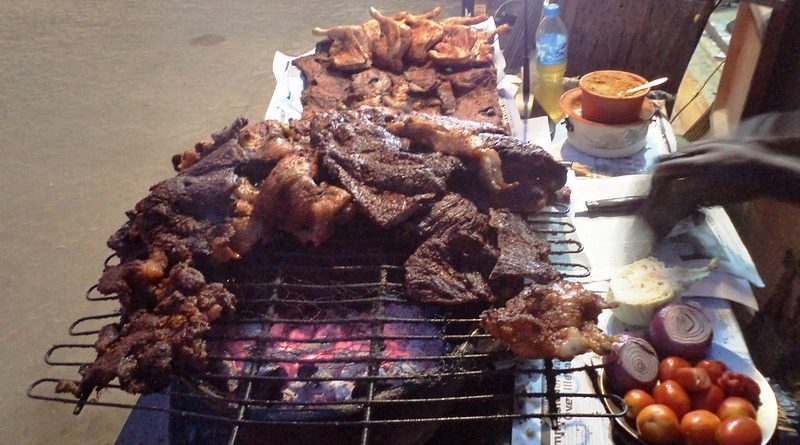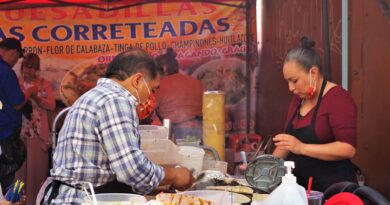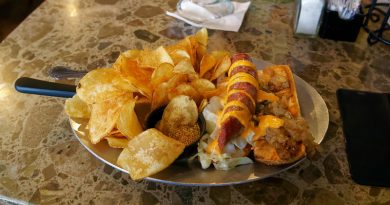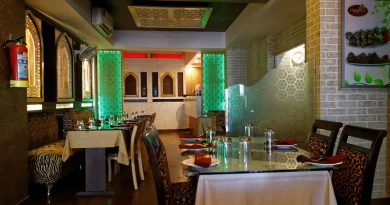The Food of Lagos
Lagos , with a population estimated to between 13 and 20 million, suffers from an International reputation of an African boom town that grew too big, too fast. Apart from Cairo, it is the biggest city in Africa. 250 ethnic tribes live here, each with their own language and cultural traditions that don’t always get along.
Situated on the Atlantic coast, the islands of Lagos, Ikogi & Victoria are the core downtown arenas. Downtown Lagos is a dynamic, densely packed multi-cultural business and trading hub that has absorbed its own ethnic groups as well as a large international ex-pat population. Lagos is chaotic, but action packed, famous for its local music scene and night life.
Markets
Central Oke Arin Market and Soundgrouse Market are located in eastern Lagos Island and Bar Beach market on Victoria Island. Street foods found at these local markets include snacks like fried plantain chips, corn on the cob, grilled meat kabobs, cried snails with chips, grilled prawns & chicken.
Classic foods and local specialties
Goat meat pepper soup, fried snails with chips, “Egusa” soup featuring ground Egusa seeds that are similar to pumpkin seeds, puff-puffs (round fried doughnuts), freshly squeezed tropical fruit juices (mango, papaya, coconut, pineapple).
Hot Spots
The Museum Kitchen at the National Museum is a good place to discover authentic Nigerian foods like fufu (fermented cassava) or pepper soup.
African Fast Food: “Tantalizer” is a new locally owned chain, inspired by American style fast-food techniques, including car-hop service, but serving traditional African dishes like fried chicken and goat stew with rice.
Staple foods
Soup is a common lunch time food in Lagos. It’s usually eaten by scooping it up with a closed hand in the form of a spoon. As in most of Africa, you only eat with your right hand. Two favourite dishes are egusi soup and palm nut soup. The former is a fiery –hot yellow stew made with meat, red chillis, ground dried prawns and bits of green leaves.
Other favourites include fish pepper soup, bitter leaf soup (made with greens and various meats and usually eaten with pounded yams), groundnut soup and ikokore (a main course made with ground yams and various fish). Visit the Museum Kitchen on Lagos Island to sample these Nigerian specialities.
Then there is ukwaka (a steamed pudding based on corn and ripe plantains), various okra-based stews (which are usually very spicy and tasty), brown beans, paella-like jollof rice and moin-moin (a steamed cake of ground dried beans with fish or boiled eggs eaten with gari – dried manioc flour – or yams).
There’s loads of snack food, including fried yam chips, fried plantains, boiled groundnuts, meat pastries, akara (a puffy deep-fried cake made with black-eyed peas and sometimes eaten with chilli dip), kukikuli (small deep fried balls made with peanut paste), suya (a hot spicy kebab) – all over Lagos we see suya stalls (for kebabs) under nearly every flyover, and on the fringe of markets and motor parks.




